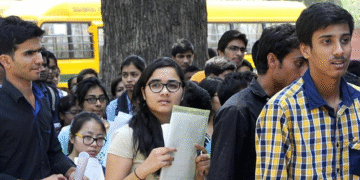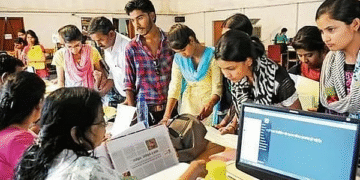Pune: In a significant development for regional infrastructure, Central Railway has greenlit the construction of a fourth railway line between Panvel and Karjat, a move expected to dramatically improve connectivity across the Mumbai Metropolitan Region (MMR) and bring Pune closer to the upcoming Navi Mumbai International Airport.
According to Central Railway officials, the final Detailed Project Report (DPR) for the 29-kilometre stretch was submitted to the Railway Board on April 7. The estimated cost of the project stands at ₹491 crore, and work is expected to be completed by December 2025.
The proposed fourth line will run parallel to the existing tracks, which are currently overburdened with goods trains and a limited number of long-distance passenger services. The new track will significantly boost overall capacity, helping decongest one of the region’s busiest corridors and reduce travel time for both passengers and freight.
“This is a vital step toward improving regional mobility and strengthening the transportation backbone of MMR,” said a Central Railway official.
This new project will complement the two suburban rail lines being constructed by the Mumbai Rail Vikas Corporation (MRVC) under Mumbai Urban Transport Project (MUTP) Phase 3. All three projects are expected to conclude by the end of 2025, creating a robust multi-track system along the Panvel–Karjat route.
The new alignment is poised to become a key component of the Mumbai suburban railway system, featuring some of the longest tunnels and bridges ever built on this network. These engineering features are set to make it a standout example of modern railway infrastructure.
Part of the MUTP-3 initiative, the Panvel–Karjat fourth line is expected to transform daily commuting and enhance long-distance travel between Pune and Navi Mumbai. With the Navi Mumbai International Airport nearing completion, the improved rail link will ensure faster, more reliable access from key Maharashtra cities.
The project aligns with the government’s broader vision of seamless multimodal transportation across the state and is anticipated to spur economic growth in the surrounding regions by easing travel and logistics.



















